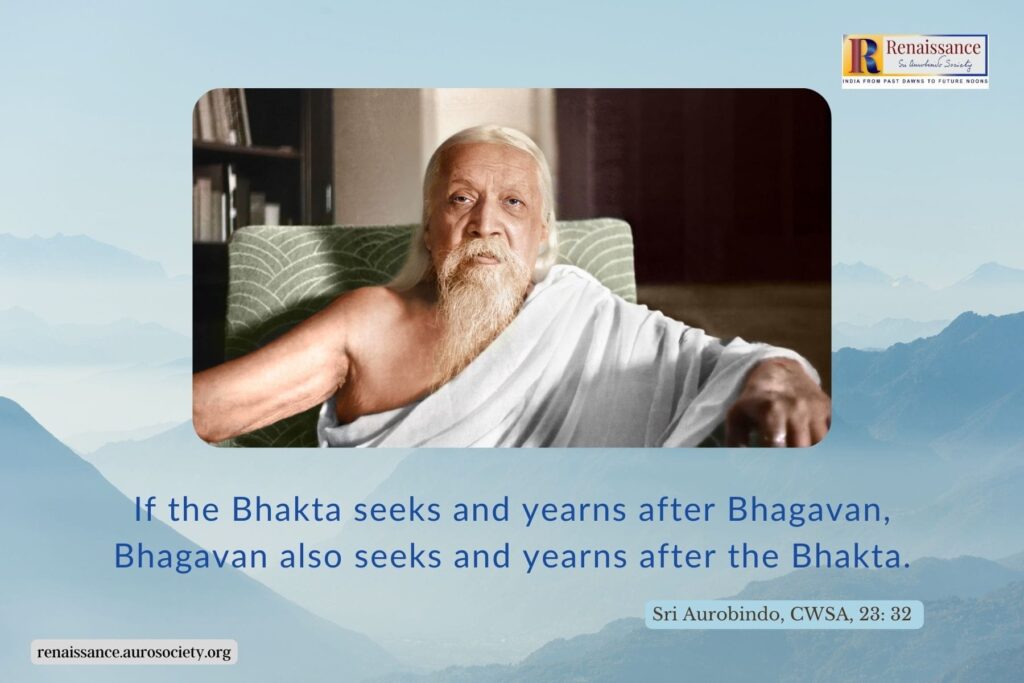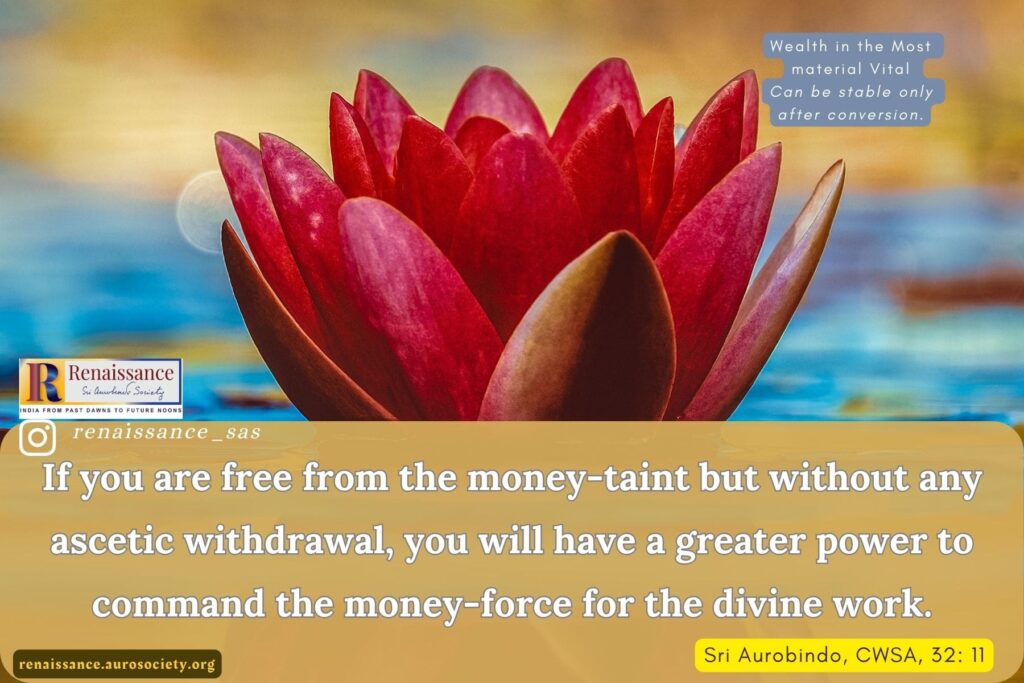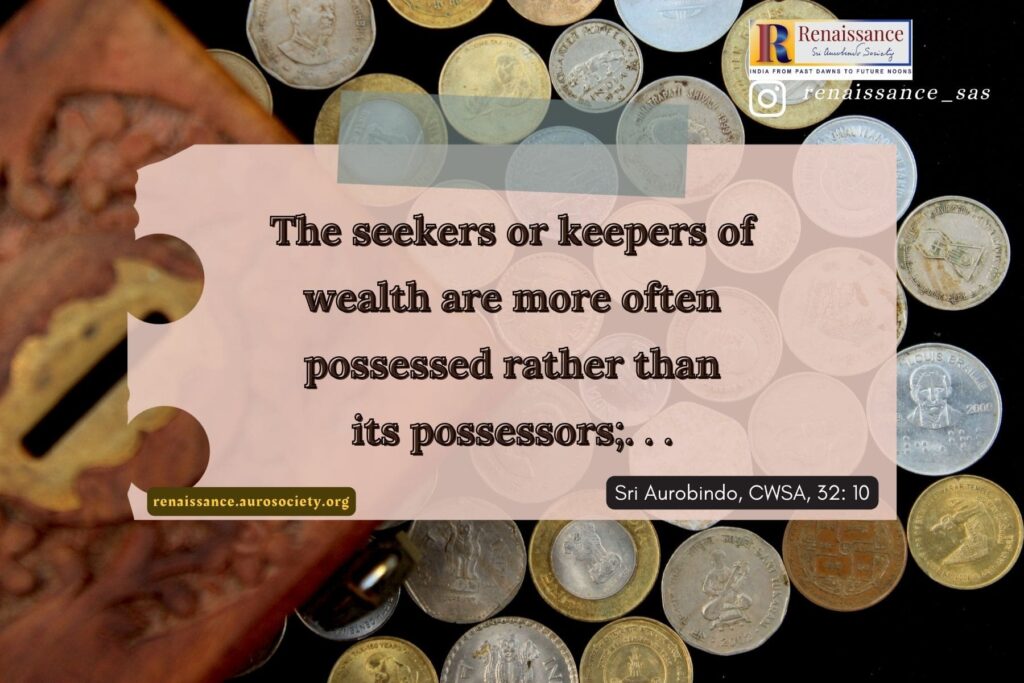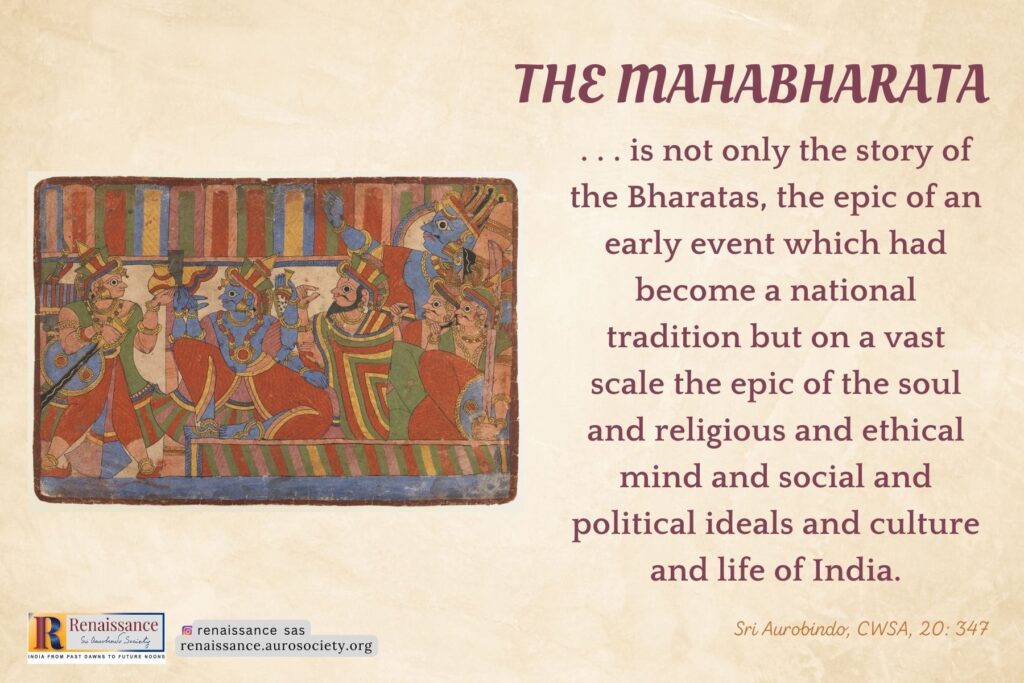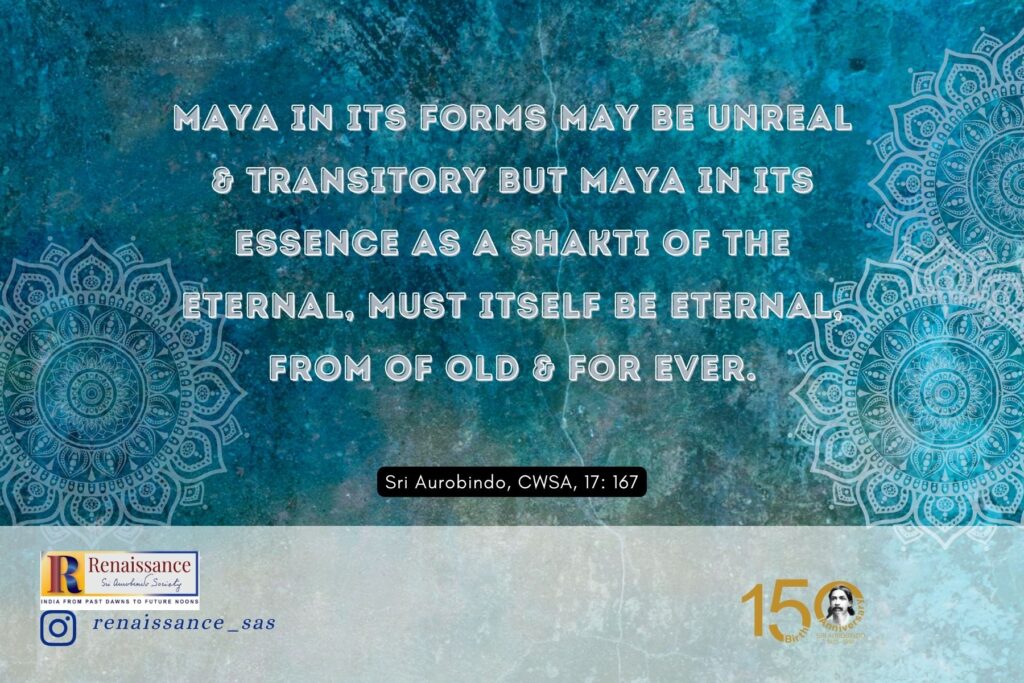Champaklal – The Epitome of Self-giving
In our Book of the Month, we feature Nirodbaran’s book titled ‘Twelve Years with Sri Aurobindo’ and zoom in on a special excerpt where he describes some delightful aspects of Champaklal’s ‘bhakta’ personality. Reading these excerpts is an entire education in what it means to truly serve the Divine.
Champaklal – The Epitome of Self-giving Read More »

